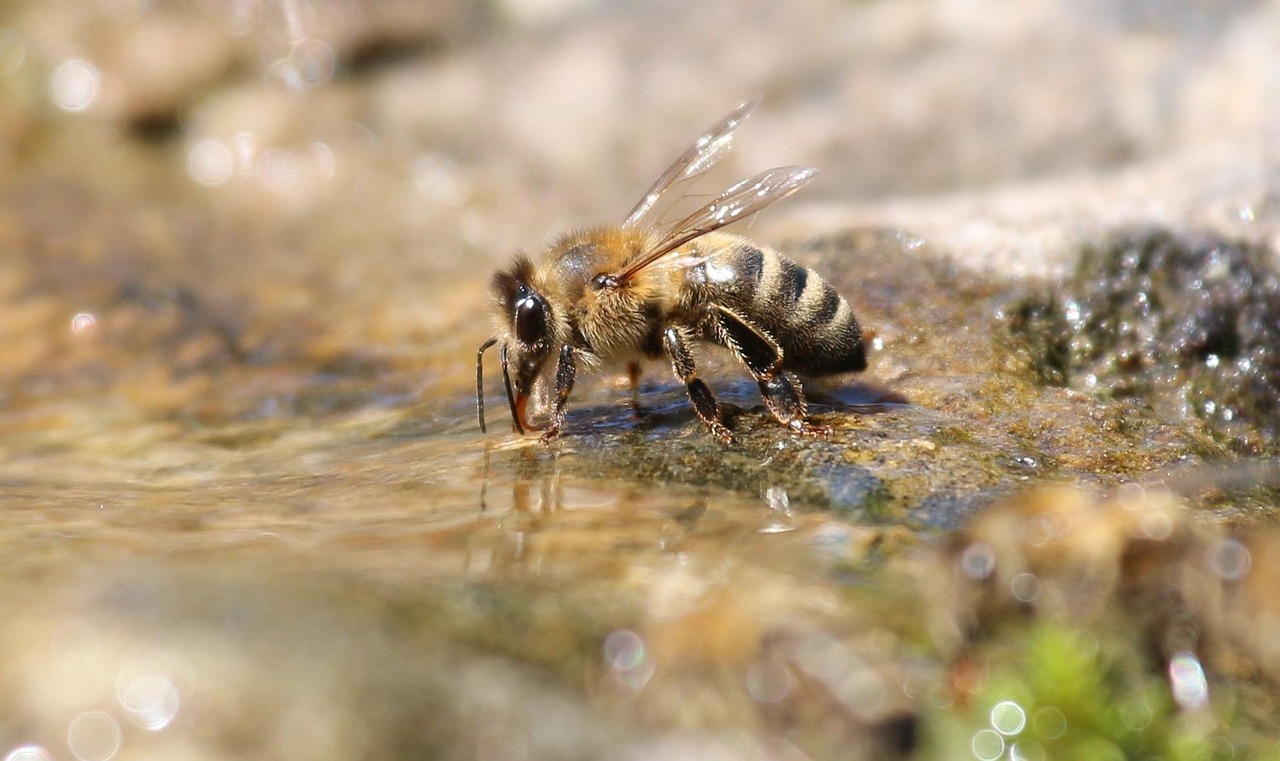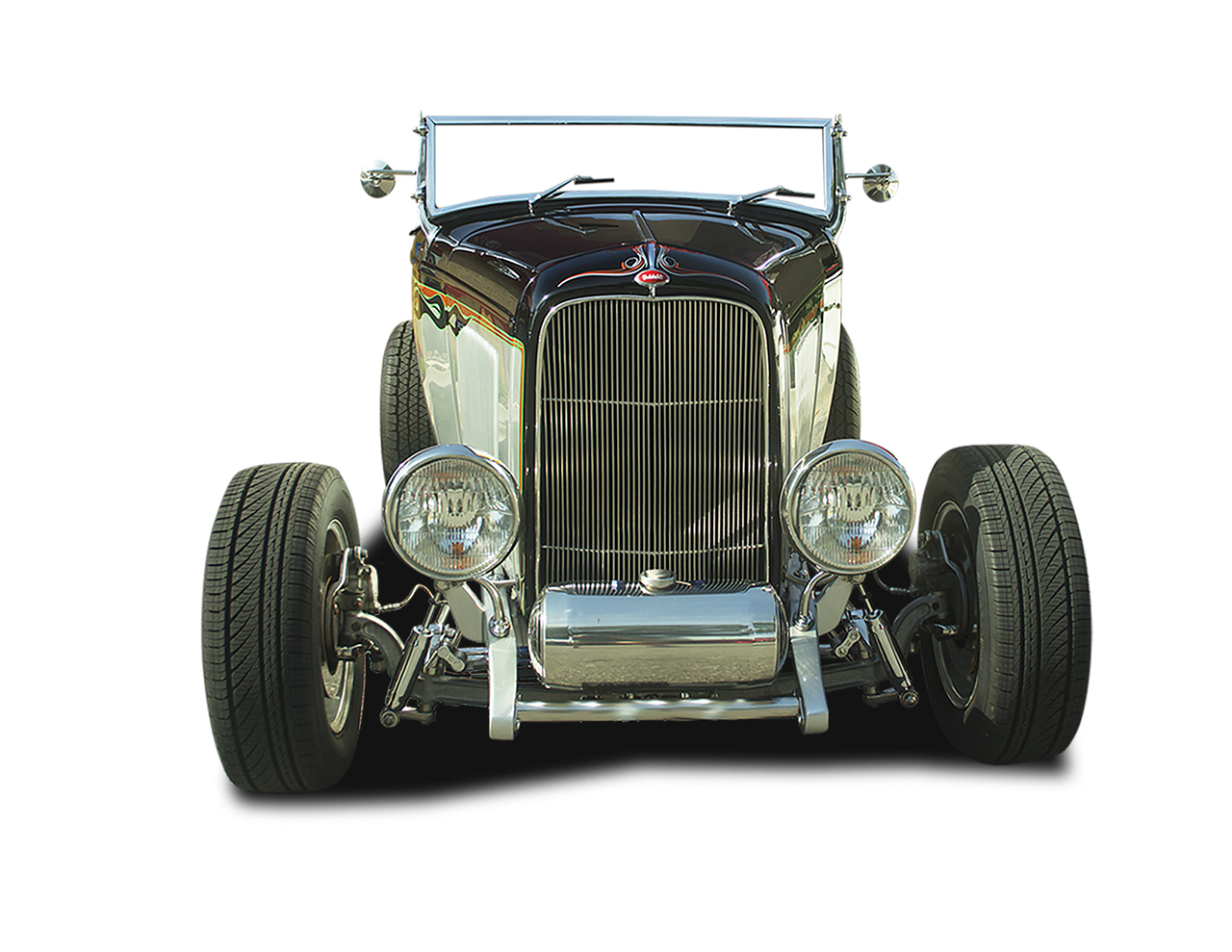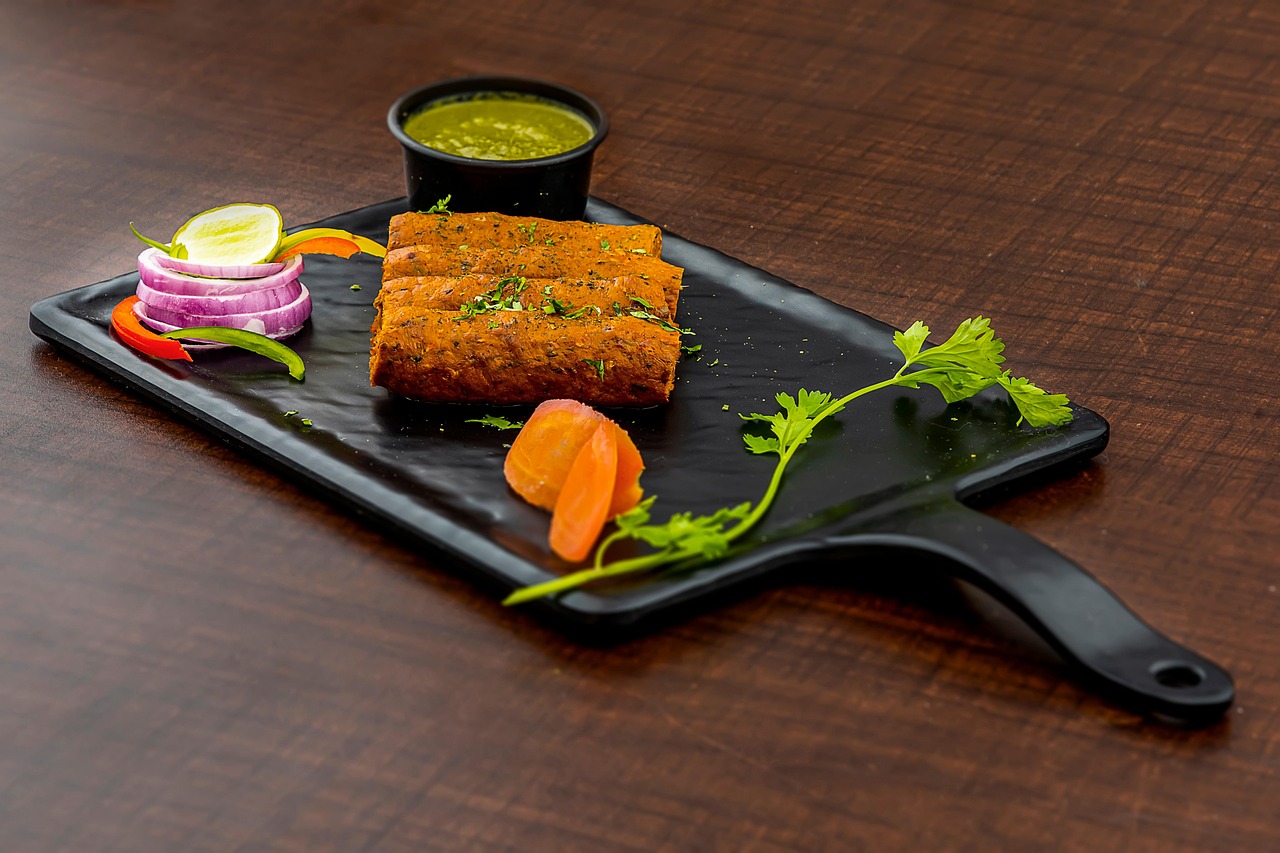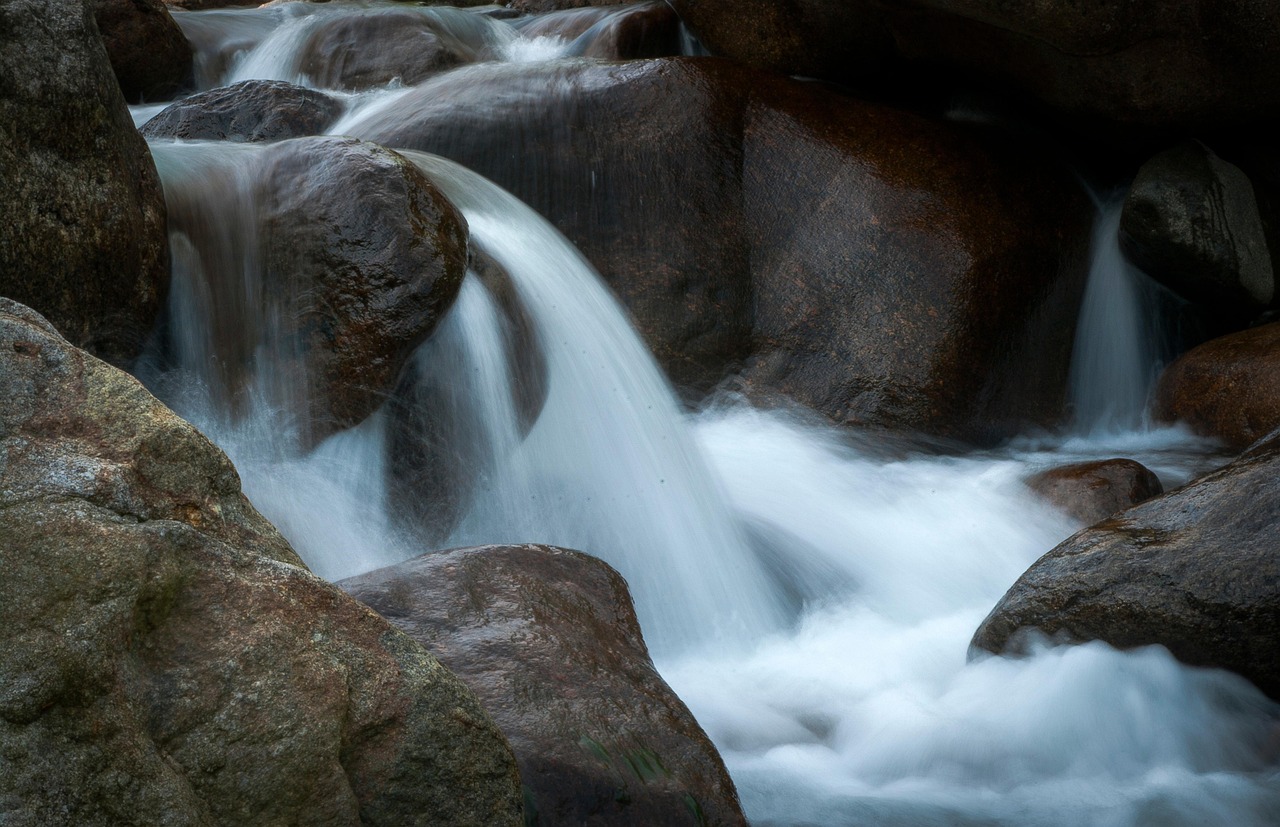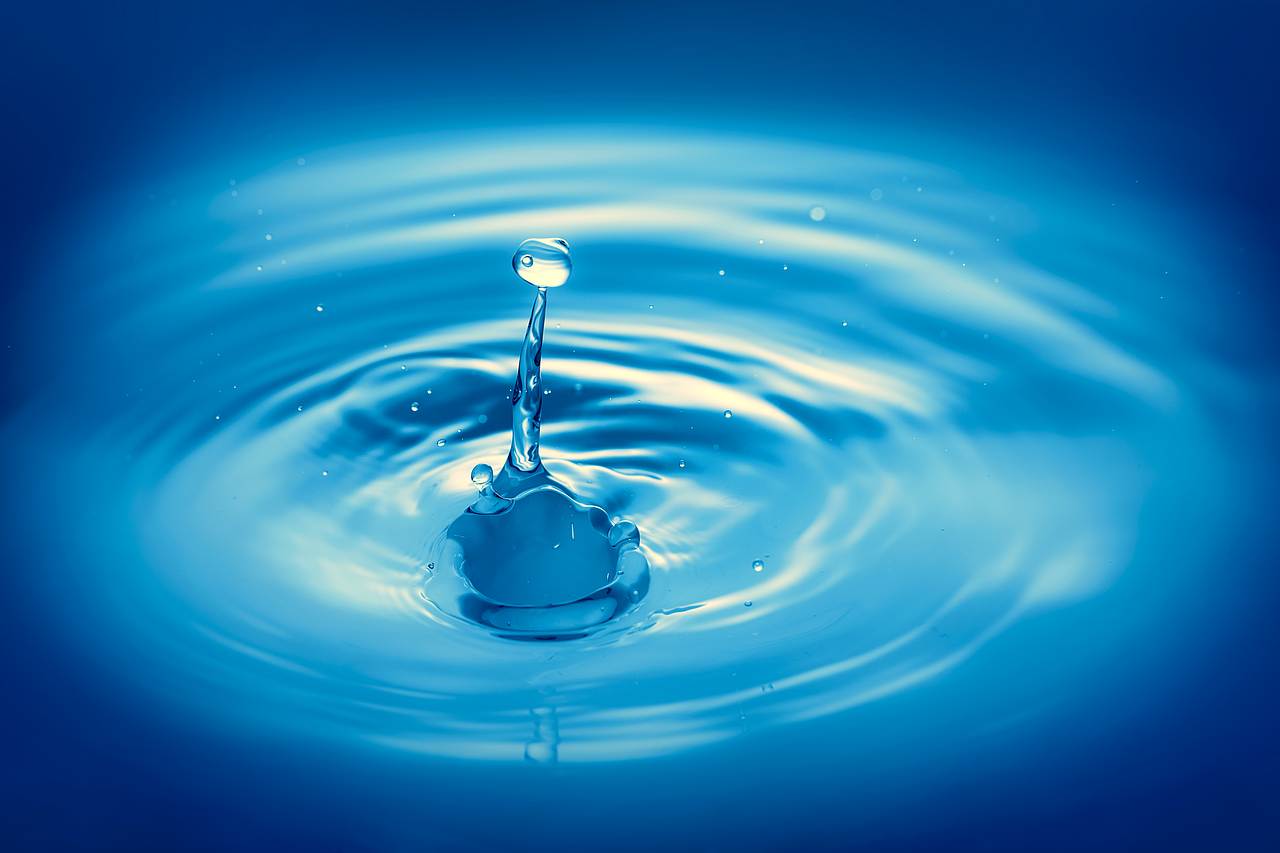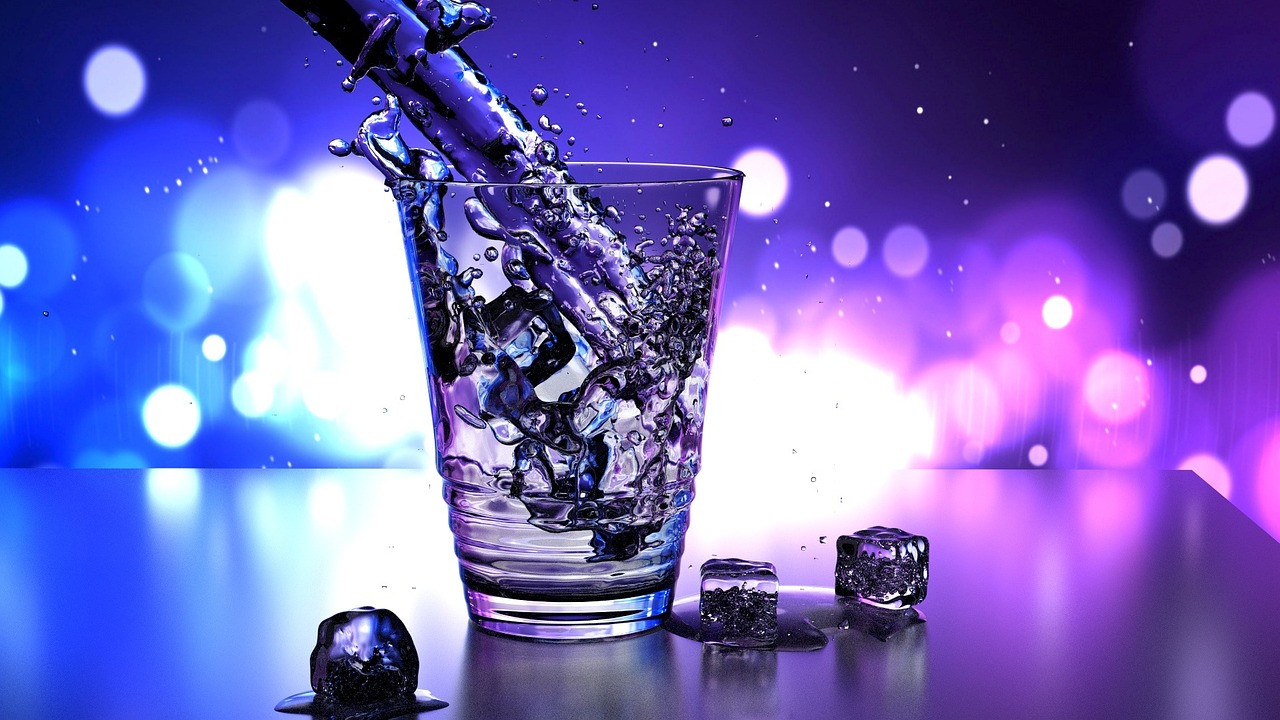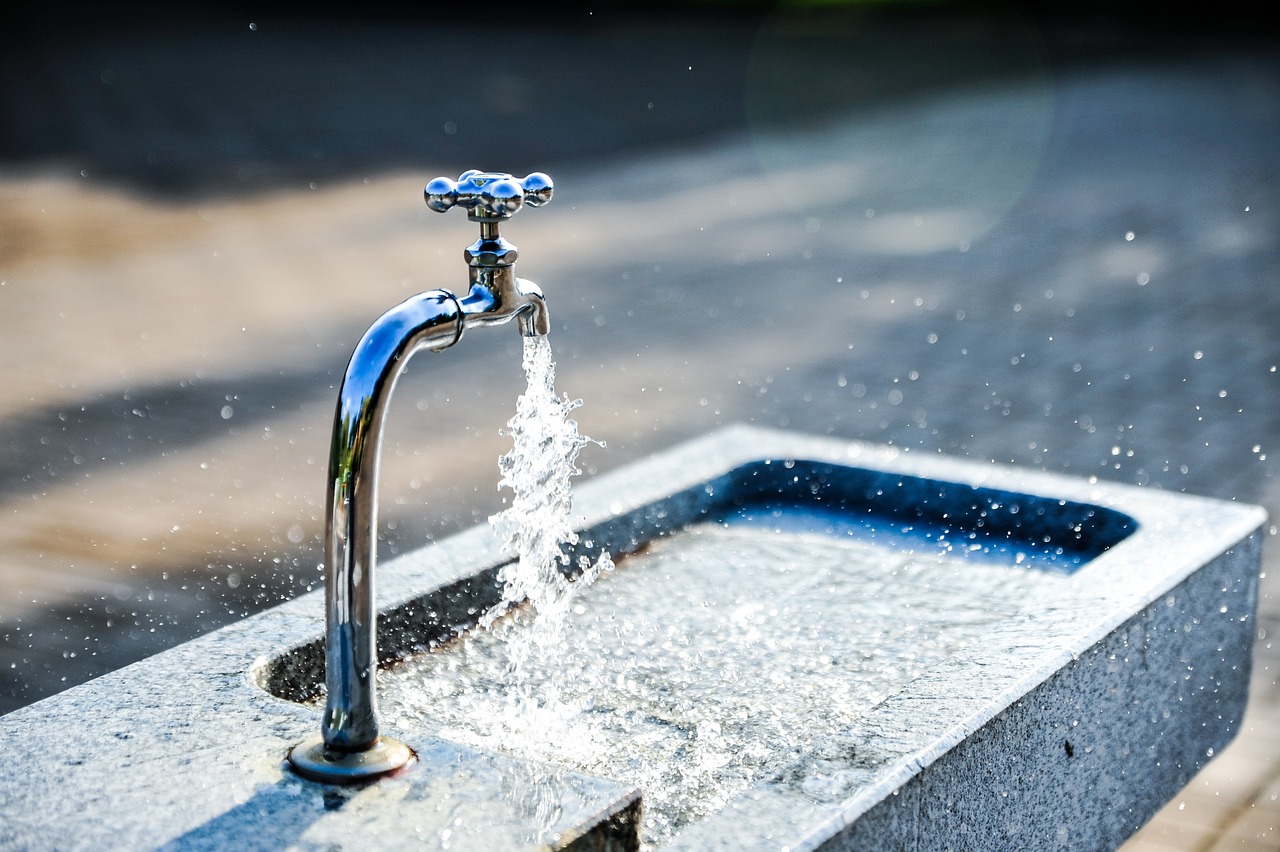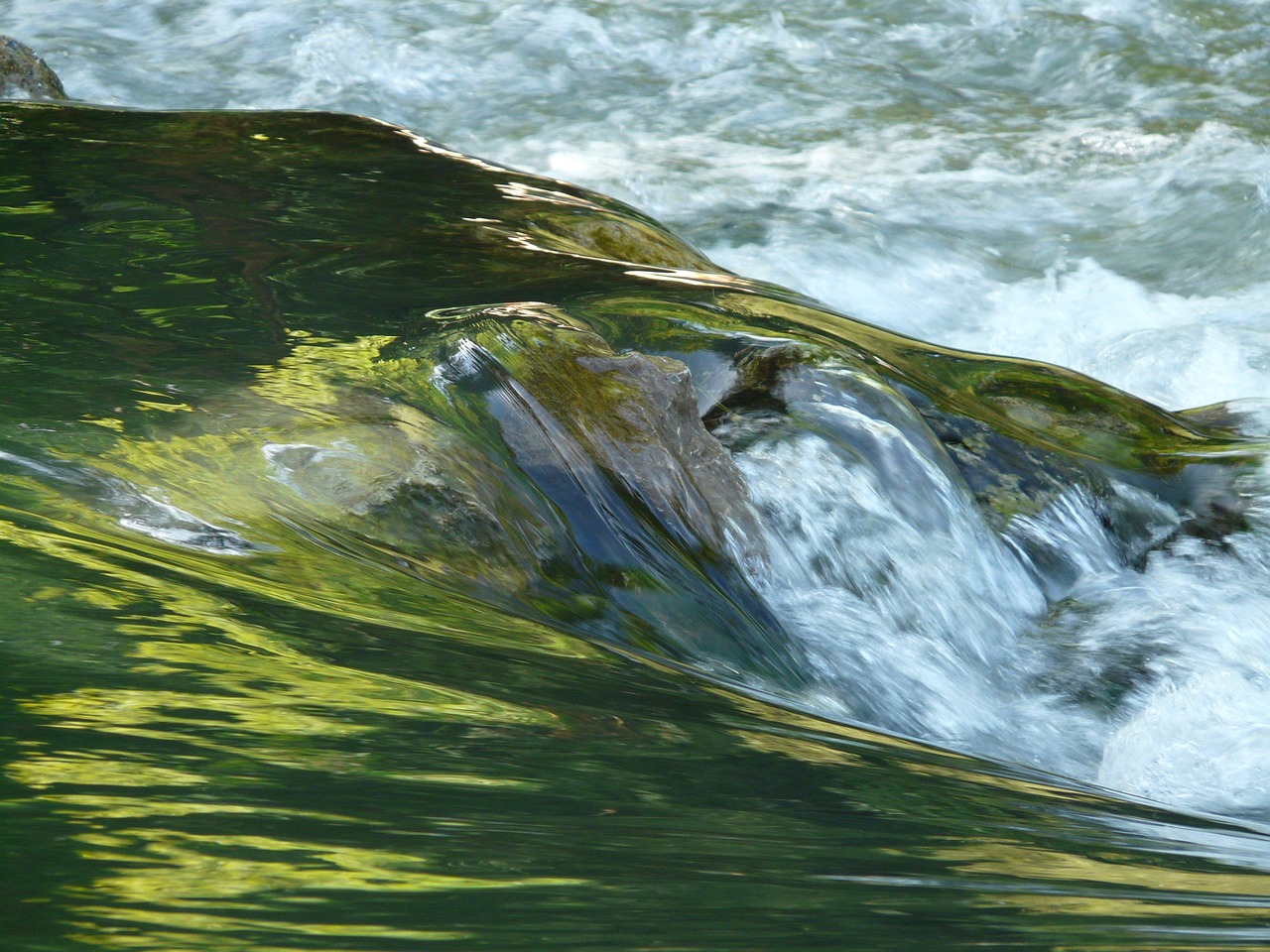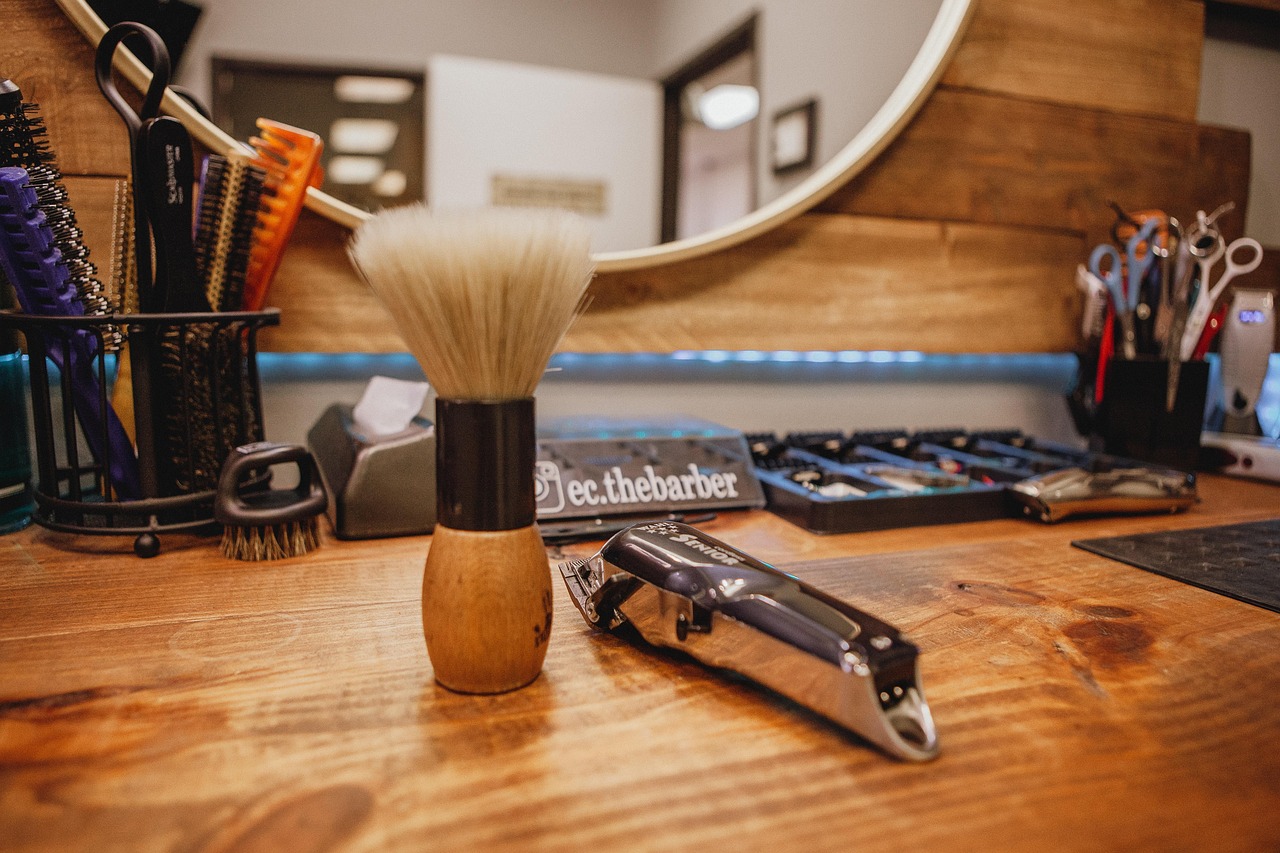This article delves into the various factors that contribute to dogs drinking water too quickly, along with effective strategies to help manage this behavior for improved hydration and overall health.
Understanding Why Dogs Drink Water Quickly
Dogs often gulp water rapidly due to several reasons, including intense thirst, excitement, or even anxiety. Recognizing these triggers is essential for pet owners to address the behavior effectively. For instance, after a vigorous play session, a dog might rush to the water bowl, leading to rapid consumption.
Health Risks of Rapid Water Consumption
While it might seem harmless, drinking water too fast can pose serious health risks. Potential issues include:
- Bloating: This can occur when the stomach expands due to excessive air intake.
- Choking: Rapid drinking can lead to choking, especially in smaller breeds.
- Water Intoxication: This rare but serious condition can disrupt electrolyte balance and lead to severe health complications.
Signs Your Dog is Drinking Too Fast
Being able to identify the signs of rapid drinking is crucial. Look for behaviors such as:
- Gulping excessively
- Coughing or hacking
- Signs of discomfort or distress after drinking
Physical Symptoms to Watch For
Be vigilant for physical symptoms that may indicate your dog is drinking too quickly, such as:
- Excessive drooling
- Vomiting
- Restlessness or pacing
Behavioral Changes After Drinking
Monitor your dog’s behavior after they drink. If they appear lethargic, anxious, or display unusual behaviors, it may be a sign that their drinking habits require adjustment.
Potential Causes for Fast Drinking
Understanding the reasons behind your dog’s rapid drinking can be beneficial. Factors may include:
- Extreme thirst due to exercise or heat
- Competition with other pets for resources
- Anxiety during stressful situations
How to Slow Down Your Dog’s Drinking
Implementing practical strategies can help manage your dog’s drinking speed:
Using Special Water Bowls
Consider investing in specialized bowls designed to regulate water flow. Slow-feed water bowls can effectively encourage your dog to drink at a more measured pace.
Adding Ice Cubes to Water
Adding ice cubes can transform drinking into a fun activity. The coolness can distract your dog, helping them take their time while hydrating.
Training Techniques to Encourage Slower Drinking
Training your dog can also modify their drinking habits. Consider these techniques:
Positive Reinforcement Strategies
Reward your dog with treats and praise when they drink slowly. This positive reinforcement can encourage better behavior over time.
Establishing a Routine
Creating a consistent feeding and drinking routine can alleviate anxiety and promote slower drinking habits in your dog.
When to Consult a Veterinarian
If your dog’s rapid drinking continues despite your efforts, it may be time to seek veterinary advice. Persistent rapid drinking can sometimes indicate underlying health issues.
Identifying Underlying Health Issues
Conditions such as diabetes or kidney problems can lead to excessive thirst and rapid drinking. A veterinarian can help diagnose and treat any underlying health concerns.
Regular Check-ups for Hydration Health
Routine veterinary visits are essential for monitoring your dog’s overall health and hydration levels. Ensuring they drink appropriately is vital for their well-being.
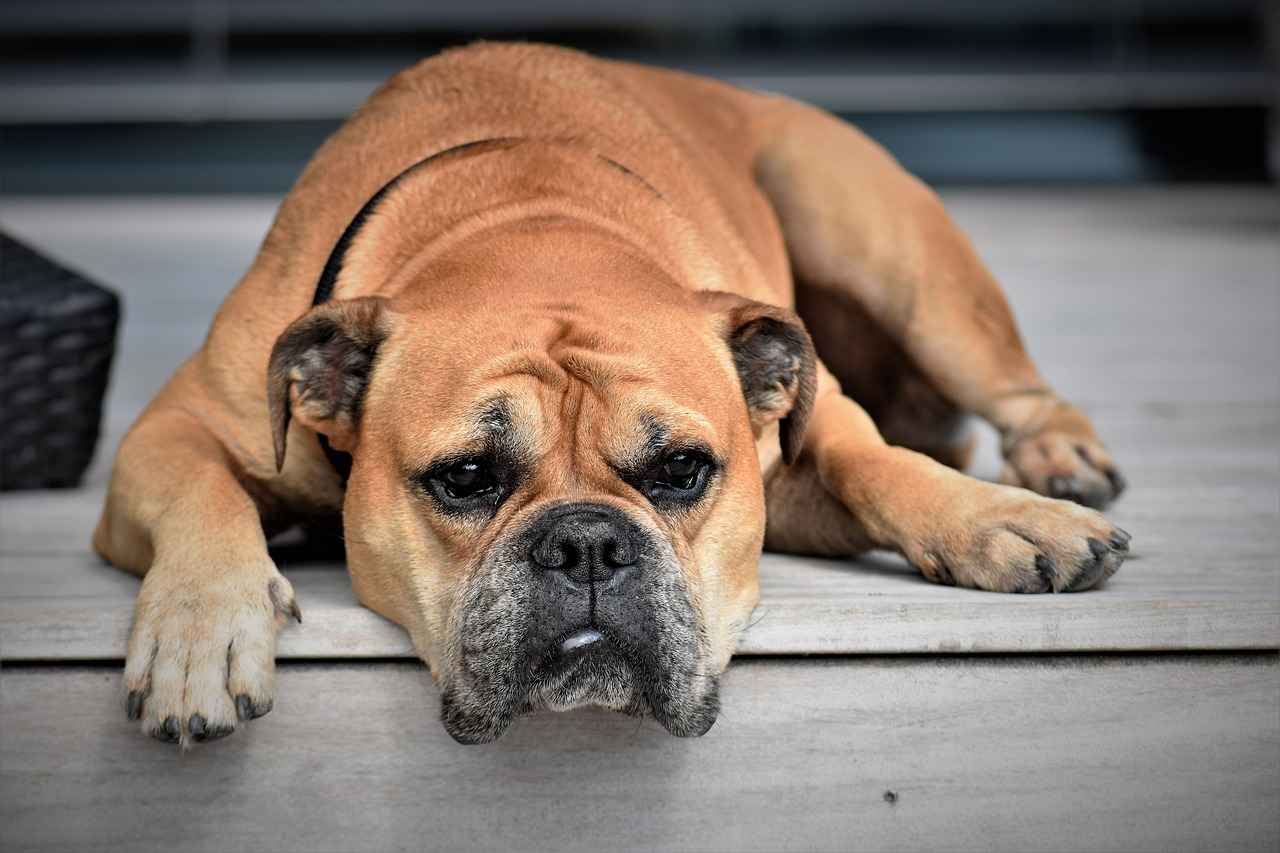
Understanding Why Dogs Drink Water Quickly
Understanding why dogs drink water quickly is crucial for pet owners who want to ensure their furry friends remain healthy and hydrated. Dogs, like humans, experience thirst, but their drinking habits can sometimes raise concerns. Rapid water consumption can stem from various triggers, such as intense thirst, excitement, or anxiety.
Thirst is the most common reason dogs gulp water quickly. After playing or exercising, dogs may feel dehydrated and instinctively drink as much water as they can. It is essential for owners to monitor their dog’s activity levels and ensure they have access to fresh water, especially after vigorous play sessions.
Another factor contributing to rapid drinking is excitement. Dogs can become overly enthusiastic during playtime or when anticipating their owner’s return. This excitement can lead to a frantic rush to the water bowl. Understanding this behavior allows owners to manage their dog’s environment to reduce excitement levels during drinking times.
Anxiety is another significant trigger for fast drinking. Dogs that feel stressed or anxious may gulp water as a coping mechanism. This behavior can be observed in dogs that experience separation anxiety or those that are nervous around other pets. Identifying and addressing the root cause of anxiety is vital for promoting healthier drinking habits.
Recognizing these triggers helps owners implement effective strategies to slow down their dog’s drinking. For instance, creating a calm environment during drinking times can alleviate anxiety and promote a more relaxed approach to hydration.
Additionally, pet owners should be aware of the health risks associated with rapid water consumption. Drinking too quickly can lead to complications such as bloating, choking, or even a severe condition known as water intoxication. This condition occurs when a dog consumes an excessive amount of water in a short period, leading to an imbalance of electrolytes in the body. It is crucial for dog owners to monitor their pets closely and be aware of the signs of discomfort after drinking.
Some common signs that a dog may be drinking too fast include gulping, coughing, or showing signs of discomfort such as pacing or whining. If these behaviors are observed, it may be time to intervene and adjust their drinking habits. Physical symptoms like excessive drooling, vomiting, or restlessness can also indicate that a dog is drinking too quickly.
To help manage rapid drinking, several practical solutions can be implemented. One effective method is using specialized slow-feed water bowls, designed to regulate the flow of water and encourage dogs to drink at a more measured pace. These bowls can significantly reduce the risk of choking and bloating.
Another fun and engaging option is to add ice cubes to the water bowl. This not only cools the water but also encourages dogs to take their time while enjoying the refreshing treat. The added distraction can help slow down their drinking speed.
Training techniques can also play a vital role in encouraging slower drinking habits. Employing positive reinforcement strategies can be effective. Rewarding dogs with treats or praise when they drink slowly can help reinforce good behavior and promote healthier habits.
Establishing a consistent routine around feeding and drinking can also help reduce anxiety and encourage slower drinking. By creating a structured schedule, dogs may feel more secure and less rushed during drinking times.
If a dog’s rapid drinking persists despite implementing these strategies, it may be necessary to consult a veterinarian. Persistent rapid drinking can sometimes indicate underlying health issues such as diabetes or kidney problems. Regular check-ups can help monitor a dog’s overall health and hydration levels, ensuring they are drinking appropriately and staying healthy.
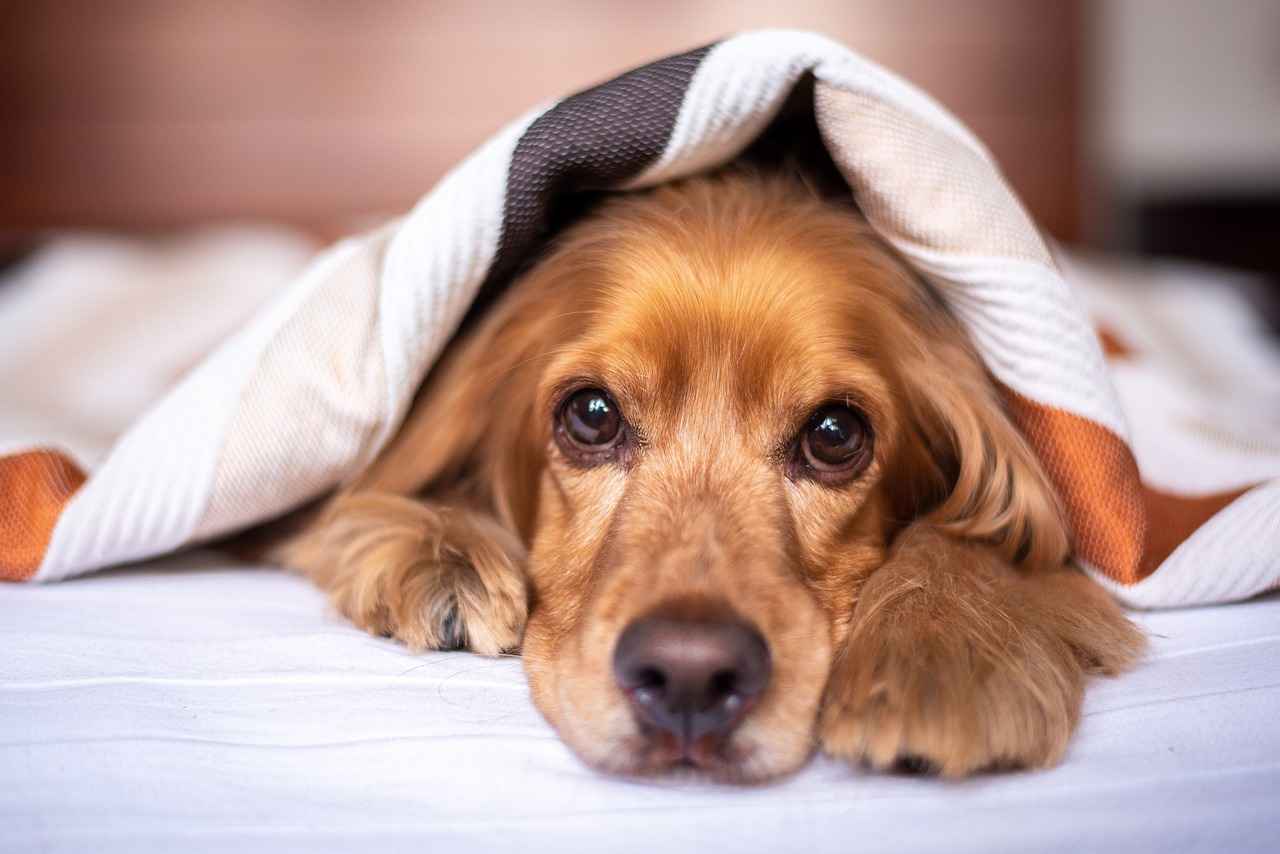
Health Risks of Rapid Water Consumption
When it comes to our furry friends, hydration is key to their health and well-being. However, many dog owners may not realize that rapid water consumption can pose significant health risks. Understanding these risks is essential for ensuring your dog’s safety and comfort.
Drinking water too quickly can lead to a variety of health issues in dogs. One of the most immediate concerns is bloating. This occurs when the stomach fills with gas or fluid, causing discomfort and potentially leading to more severe complications. Bloating can be particularly dangerous if it leads to a condition known as gastric torsion, or bloat, which is life-threatening and requires immediate veterinary attention.
Another risk associated with fast drinking is choking. Dogs that gulp water may inadvertently inhale it, leading to coughing or gagging. This can create a distressing situation for both the dog and the owner, as choking can escalate quickly and may require emergency intervention.
Perhaps one of the most alarming risks is water intoxication. This condition occurs when a dog consumes an excessive amount of water in a short period, diluting the sodium levels in their bloodstream. Symptoms of water intoxication can include lethargy, disorientation, and even seizures. It is crucial for dog owners to recognize these signs and seek veterinary care immediately if they suspect their pet may be suffering from this condition.
Identifying the signs that your dog is drinking too quickly can help you intervene before serious issues arise. Look for behaviors such as:
- Gulping or slurping sounds while drinking
- Coughing or gagging immediately after drinking
- Signs of discomfort, such as pacing or whining
After drinking, be vigilant for physical symptoms that may indicate your dog is consuming water too rapidly. These can include:
- Excessive drooling
- Vomiting shortly after drinking
- Restlessness or inability to settle down
Monitor your dog’s behavior following drinking sessions. If they appear lethargic or exhibit signs of anxiety, it may be an indication that their drinking habits need adjustment. Addressing these behaviors early can prevent more serious health concerns down the line.
Understanding why your dog drinks quickly can assist in finding effective solutions. Common triggers may include:
- Thirst from exercise or hot weather
- Competition with other pets for water
- Anxiety during stressful situations, such as thunderstorms
By recognizing these causes, you can implement strategies to help your dog drink more slowly and safely.
There are several practical strategies you can employ to help manage your dog’s drinking speed. For instance, consider using specialized slow-feed water bowls designed to regulate water flow. Additionally, adding ice cubes to their water can create a fun distraction, encouraging them to take their time while enjoying the coolness.
Training techniques can also be effective in promoting slower drinking habits. Using positive reinforcement, such as treats and praise, can help your dog associate slow drinking with positive outcomes. Establishing a consistent routine around feeding and drinking times can further reduce anxiety and encourage a calmer approach to hydration.
If your dog continues to drink rapidly despite your efforts, it may be time to consult a veterinarian. Persistent rapid drinking can indicate underlying health issues that require professional evaluation. Regular check-ups are essential for monitoring your dog’s overall health and ensuring they are drinking appropriately.
Signs Your Dog is Drinking Too Fast
As a responsible pet owner, it is essential to monitor your dog’s drinking habits. Rapid drinking can lead to serious health issues, and recognizing the signs early can help you intervene effectively. Here are some key behaviors and symptoms to watch for:
- Gulping Sounds: If you hear your dog making loud gulping noises while drinking, it could be a sign that they are consuming water too quickly. This behavior often indicates a lack of control over their drinking pace.
- Coughing: Coughing after drinking can suggest that your dog is inhaling water or air, which can lead to choking. This is a critical sign that should not be ignored.
- Signs of Discomfort: Watch for signs of discomfort such as pacing, whining, or looking distressed after drinking. These behaviors may indicate that your dog is experiencing bloating or gastrointestinal discomfort.
- Excessive Drooling: If your dog starts to drool excessively after drinking, it may be a sign that they are swallowing water too quickly, which can upset their stomach.
- Vomiting: Vomiting shortly after drinking can be a serious concern and often indicates that your dog has consumed water too fast. This can lead to dehydration if it becomes a frequent occurrence.
- Restlessness: If your dog seems restless or anxious post-drinking, this may signal discomfort from rapid consumption. A calm dog after drinking is usually a good sign.
- Lethargy: Conversely, if your dog appears lethargic or unusually tired after drinking, it could be a sign of a more serious issue related to their drinking habits.
Recognizing these signs early can help you take action before more serious health issues develop. If you notice any of these symptoms, it’s important to adjust your dog’s drinking habits promptly. You can implement strategies such as using special slow-feed bowls or adding ice cubes to their water to encourage slower drinking.
In addition to physical symptoms, keep an eye on your dog’s overall behavior. Changes in their drinking habits can often reflect underlying health issues or stressors in their environment. By being vigilant and proactive, you can help ensure your dog stays healthy and hydrated without the risks associated with rapid drinking.
Physical Symptoms to Watch For
When it comes to our furry friends, monitoring their health is a top priority, especially when it involves their drinking habits. Dogs can sometimes gulp down water too quickly, leading to potential health risks. Being vigilant about the physical symptoms that may arise from rapid drinking is essential for every dog owner.
Excessive Drooling is often one of the first signs that a dog may be drinking too fast. If you notice your dog drooling more than usual after drinking, it could indicate that they are struggling to manage the large amount of water they just consumed. This excess saliva can lead to discomfort and may even cause them to choke.
Vomiting is another significant symptom to watch for. If your dog drinks water rapidly, they may end up regurgitating it shortly after. This is not only uncomfortable for them but can also lead to dehydration if it happens frequently. Keep an eye on your dog’s behavior after drinking; if they seem to be retching or vomiting, it’s time to intervene.
Restlessness or signs of anxiety can also manifest after a dog drinks too quickly. You might notice your dog pacing back and forth or appearing agitated. This behavior can be a direct response to the discomfort they feel after gulping down water too fast. It’s important to create a calm environment and encourage slower drinking habits to alleviate their anxiety.
In addition to these symptoms, coughing can occur when dogs drink too rapidly. If your dog starts to cough or hack after drinking, it may be a sign that they have inhaled some of the water or air, which can lead to choking. This is particularly concerning and warrants immediate attention.
Furthermore, watch for any signs of lethargy or decreased energy levels. If your dog seems unusually tired or unwilling to engage in play after drinking, it could indicate that they are experiencing discomfort from their drinking habits. This lethargy can be a sign of more serious health issues, so it’s crucial to keep a close watch.
To help prevent these symptoms, consider implementing strategies to slow down your dog’s drinking. Using slow-feed water bowls, adding ice cubes to their water, or even training them to drink more slowly can make a significant difference. It’s essential to create a routine that encourages calm behavior during drinking times.
In conclusion, being aware of the physical symptoms your dog exhibits after drinking water is vital for their health and well-being. By recognizing signs such as excessive drooling, vomiting, restlessness, coughing, and lethargy, you can take proactive steps to ensure your dog drinks at a safe pace. If symptoms persist, do not hesitate to consult your veterinarian for further evaluation and guidance.
Behavioral Changes After Drinking
After your dog drinks water, it’s essential to monitor their behavior closely. Changes in behavior can be indicative of how well they are hydrating and whether their drinking habits need to be adjusted. If your dog appears lethargic or overly anxious, these signs may suggest that their rapid drinking is causing discomfort or distress.
One of the primary indicators of a problem is lethargy. If your dog seems unusually tired or less active than usual after drinking, it could be a sign that they are experiencing bloating or discomfort. Bloating occurs when gas builds up in the stomach, often as a result of gulping water too quickly. This can lead to serious health issues if not addressed promptly. Owners should keep an eye out for symptoms such as a distended abdomen or signs of pain when the dog is touched.
On the other hand, if your dog displays signs of anxiety after drinking, it may indicate that they are stressed about their drinking environment. This could be due to competition with other pets for resources or a general unease during feeding times. Dogs that are anxious may pace, whine, or even refuse to drink altogether, which can lead to dehydration. It’s important to create a calm environment that encourages relaxed drinking habits.
Additionally, observe your dog for any signs of discomfort immediately after drinking. Symptoms such as coughing, gagging, or vomiting can point to issues related to rapid water intake. If your dog frequently exhibits these behaviors, it may be necessary to reassess their drinking habits and consider implementing strategies to help them drink more slowly.
Another aspect to consider is the overall hydration level of your dog. If they are not drinking enough water, they may gulp down water hastily when they get the chance. This can create a vicious cycle where they feel the need to drink quickly, leading to health risks. Ensuring that fresh water is readily available and encouraging regular drinking can help mitigate this issue.
It is also advisable to engage in regular observation of your dog’s drinking habits. Keeping a journal of their behavior post-drinking can provide valuable insights. This record can help identify patterns and triggers that lead to anxiety or lethargy. If you notice consistent issues, it may be time to consult with a veterinarian to rule out any underlying health problems.
In conclusion, paying attention to your dog’s behavior after they drink water is crucial for their health and well-being. By monitoring for signs of lethargy, anxiety, and discomfort, you can make informed decisions about their hydration habits. Implementing changes based on these observations can lead to a happier and healthier pet.
Potential Causes for Fast Drinking
When it comes to our furry friends, understanding their behavior is vital for their health and well-being. One common issue that many dog owners encounter is when their dogs drink water too quickly. Identifying the potential causes for this behavior can help owners implement effective solutions to ensure their pets stay healthy and hydrated.
Dogs may drink water rapidly for various reasons, and recognizing these triggers is essential for addressing the behavior. Below are some of the most common causes:
- Thirst: A primary reason dogs gulp water is simple thirst. If they have been playing, exercising, or spending time outdoors, they may be dehydrated and eager to rehydrate quickly. Ensuring that your dog has access to fresh water at all times can help mitigate this issue.
- Competition: In multi-pet households, dogs may feel the need to drink quickly to avoid competition with other pets. This can lead to a hurried drinking pace, especially if they perceive that other pets are also thirsty.
- Anxiety or Stress: Dogs may drink rapidly when they are anxious or stressed. Situations such as loud noises, changes in the household, or unfamiliar environments can trigger this behavior. Recognizing the signs of anxiety and providing a calm environment can help reduce their need to drink quickly.
- Excitement: Just like humans, dogs can get excited, and this excitement can lead to rapid drinking. For instance, after a long walk or playtime, a dog may rush to the water bowl out of sheer enthusiasm.
- Medical Conditions: Certain health issues, such as diabetes or kidney problems, can cause increased thirst, leading to faster drinking. If you notice persistent rapid drinking, it’s crucial to consult a veterinarian to rule out any underlying health concerns.
Understanding these potential causes is the first step in managing your dog’s drinking habits effectively. By addressing the root of the issue, you can help your dog develop healthier drinking habits.
Once you have identified the causes for your dog’s fast drinking, implementing practical solutions can help. Here are some strategies:
- Provide Fresh Water Regularly: Ensure your dog always has access to clean, fresh water. This can reduce their urge to gulp it down quickly.
- Use Slow-Feed Bowls: Invest in specially designed water bowls that limit the flow of water, encouraging your dog to take their time while drinking.
- Implement a Routine: Establishing a consistent routine for feeding and drinking can help alleviate anxiety and promote calmer drinking habits.
By understanding the reasons why your dog drinks water quickly and implementing these solutions, you can promote better hydration practices and overall health for your furry companion.
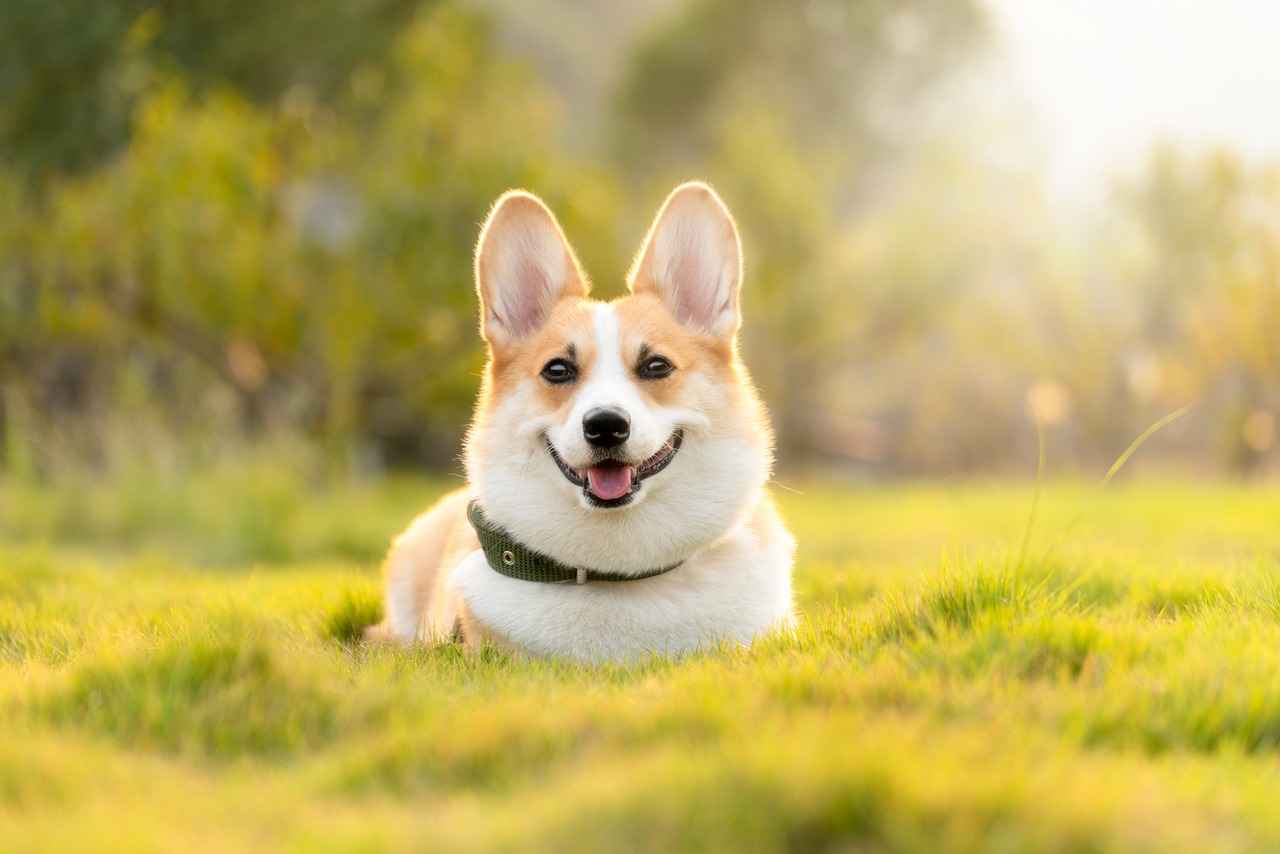
How to Slow Down Your Dog’s Drinking
When it comes to our beloved pets, ensuring their health and well-being is a top priority. One aspect that often gets overlooked is the speed at which dogs drink water. Managing your dog’s drinking speed is crucial for preventing potential health issues. In this section, we will explore a variety of effective strategies to help your dog stay hydrated without the risks associated with rapid water consumption.
Dogs can drink water quickly for several reasons, including thirst, excitement, or even anxiety. However, drinking too fast can lead to serious health risks, such as bloating or choking. By implementing strategies to slow down their drinking, you not only promote better hydration but also enhance their overall health.
- Use Slow-Feed Water Bowls: These specially designed bowls feature obstacles that make it difficult for dogs to gulp water quickly. By forcing them to navigate around these barriers, dogs will naturally slow down their drinking pace.
- Add Ice Cubes: Incorporating ice cubes into your dog’s water bowl can create a fun and engaging experience. The ice will float and move around, encouraging your dog to take their time as they try to catch the cubes with their tongue.
- Implement a Water Schedule: Establishing a routine for water breaks can help manage your dog’s thirst levels. By offering water at specific intervals, you can reduce the urge for your dog to drink excessively.
- Use Puzzle Toys: Consider using puzzle toys that dispense water or treats. This not only provides mental stimulation but also encourages your dog to drink more slowly as they work for their reward.
- Monitor Water Intake: Keep track of how much water your dog consumes daily. This will help you identify any sudden changes in drinking habits, allowing you to address potential health concerns.
Training your dog to drink more slowly can also be achieved through positive reinforcement. Here are some effective techniques:
- Positive Reinforcement: Whenever your dog takes a sip slowly, reward them with treats and praise. This will help them associate slow drinking with positive outcomes.
- Calm Environment: Create a calm atmosphere during drinking times. If your dog is anxious or overly excited, they are more likely to gulp water quickly. Ensure a quiet space free from distractions.
If your dog’s drinking habits do not improve despite these strategies, it may be time to consult a veterinarian. Persistent rapid drinking can sometimes indicate underlying health issues.
- Health Assessments: Regular check-ups can help identify any potential health problems that may be causing excessive thirst or rapid drinking.
- Monitoring for Symptoms: Be vigilant for any signs of discomfort or distress after drinking. If your dog exhibits unusual behavior, a vet visit may be necessary.
By implementing these strategies and being proactive about your dog’s hydration habits, you can help ensure they drink at a healthy pace, ultimately contributing to their overall well-being. Remember, a well-hydrated dog is a happy dog!
Using Special Water Bowls
When it comes to ensuring your dog stays hydrated, the way they drink water can significantly impact their health. Using specialized water bowls is an effective strategy to help manage your dog’s drinking habits, particularly if they tend to gulp water too quickly. These bowls are designed to regulate the flow of water, encouraging a more measured drinking pace, which can ultimately lead to better hydration and overall well-being.
What Are Slow-Feed Water Bowls? Slow-feed water bowls are specifically designed to slow down your dog’s drinking speed. They often feature obstacles or unique shapes that require your dog to navigate around to access the water. This design not only makes drinking a more engaging activity but also reduces the risk of gulping, which can lead to serious health issues.
Benefits of Using Slow-Feed Water Bowls
- Prevention of Bloating: Rapid consumption of water can lead to bloating, a serious condition that can cause discomfort and even be life-threatening. Slow-feed bowls help mitigate this risk.
- Reduced Choking Hazards: By slowing down the drinking process, these bowls can help prevent choking incidents that may occur when dogs drink too quickly.
- Encouragement of Proper Hydration: When dogs drink at a slower pace, they are more likely to consume the right amount of water needed for their body, promoting better hydration.
Choosing the Right Bowl
When selecting a slow-feed water bowl for your dog, consider factors such as size, material, and ease of cleaning. Look for bowls made of durable, non-toxic materials that can withstand your dog’s enthusiasm. Additionally, the bowl should be appropriately sized for your dog to prevent spills while ensuring they can comfortably access the water.
Other Types of Specialized Water Bowls
In addition to slow-feed bowls, there are other specialized options available:
- Weighted Bowls: These bowls are designed to stay in place, making it harder for an excited dog to tip them over while drinking.
- Non-Slip Bowls: Featuring rubberized bases, these bowls prevent sliding and help maintain a stable drinking environment.
- Cooling Bowls: Some bowls are designed to keep water cool for longer periods, encouraging your dog to drink more, especially in hot weather.
Training Your Dog to Use Specialized Bowls
Introducing a new bowl to your dog may require some adjustment. Start by allowing your dog to explore the bowl without water to familiarize them with its shape and design. Once they seem comfortable, fill it with water and supervise their first few drinking sessions. If they seem hesitant, you can encourage them by adding ice cubes or their favorite treats to make the experience more enjoyable.
Monitoring Your Dog’s Hydration
Regardless of the bowl you choose, it’s essential to monitor your dog’s drinking habits. Ensure they are drinking enough water throughout the day, and observe for any signs of discomfort or distress while drinking. If you notice persistent issues, consult with your veterinarian to rule out any underlying health concerns.
Incorporating specialized water bowls into your dog’s routine can significantly enhance their drinking habits, making hydration a safer and more enjoyable experience. By taking proactive steps, you can contribute to your dog’s health and well-being.
Adding Ice Cubes to Water
Keeping your dog hydrated is essential for their health, but some dogs tend to drink water too quickly. This can lead to various health risks, including bloating and choking. One effective and fun way to encourage your dog to slow down while drinking is by adding ice cubes to their water bowl. This simple trick not only cools the water but also turns drinking into an engaging activity.
When you add ice cubes to your dog’s water, it creates a refreshing and stimulating experience. Dogs are naturally curious creatures, and the presence of ice cubes can capture their attention. They may paw at the cubes, nudge them with their noses, or even try to fish them out with their mouths. This playful behavior encourages them to take their time, allowing for a more measured drinking pace.
- Prevention of Bloating: Rapid water consumption can lead to bloating, a serious condition that can cause discomfort and health complications.
- Reduced Risk of Choking: Slower drinking minimizes the chances of your dog inhaling water, which can lead to choking.
- Improved Hydration: Taking their time can help your dog absorb water more effectively, ensuring they stay properly hydrated.
To start using ice cubes, simply fill your dog’s water bowl with fresh water and add a few cubes. Make sure the cubes are not too large, as smaller pieces are easier for your dog to handle. Observe how your dog interacts with the ice cubes. Most dogs will enjoy the novelty, and you may find they spend more time at the water bowl than usual.
If your dog is not particularly interested in ice cubes, there are other ways to slow down their drinking:
- Use a Slow-Feed Water Bowl: These bowls are designed to limit the amount of water available at once, encouraging slower drinking.
- Try Frozen Treats: You can freeze some of your dog’s favorite treats in water and let them enjoy the icy rewards.
- Hydration Toys: Some toys are designed to hold water and dispense it slowly as your dog plays.
As you implement these changes, keep an eye on your dog’s behavior. Look for signs of enjoyment and engagement when drinking. If they seem to be more relaxed and take their time, it’s a good indication that the ice cubes are helping. However, if you notice any signs of distress or discomfort, it may be time to reassess your approach.
Adding ice cubes to your dog’s water not only makes hydration more enjoyable but also encourages healthier drinking habits. By incorporating this simple yet effective strategy, you can help your dog stay hydrated while minimizing the risks associated with rapid water consumption.
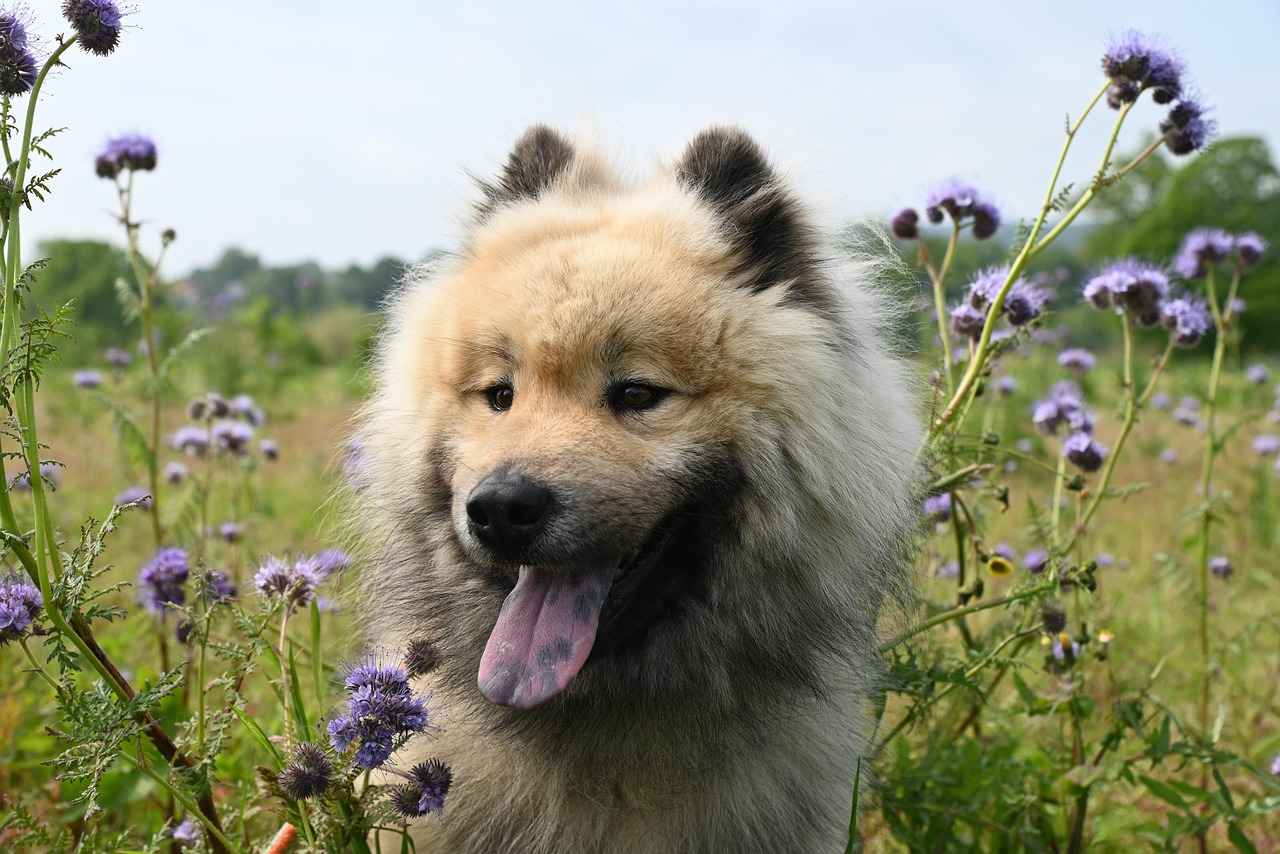
Training Techniques to Encourage Slower Drinking
When it comes to our furry friends, ensuring they maintain healthy drinking habits is crucial. Rapid water consumption can lead to various health complications, making it essential for dog owners to implement effective training techniques. Below are some strategies that can help modify your dog’s drinking behavior, promoting a calmer approach to hydration.
Understanding the Importance of Training
Training your dog to drink more slowly not only helps prevent health risks but also fosters a more relaxed atmosphere during hydration. Many dogs tend to gulp water when they are excited or anxious. By addressing these triggers through training, you can create a more peaceful drinking experience for your pet.
- Positive Reinforcement Techniques: Rewarding your dog when they drink slowly is a powerful way to reinforce desirable behavior. Use treats or verbal praise to encourage your dog when they take their time at the water bowl.
- Gradual Exposure to Water: If your dog drinks too quickly due to excitement, gradually introducing them to the water bowl can help. Start with short, calm sessions, allowing your dog to approach the bowl without pressure.
- Controlled Environment: Create a calm environment when it’s time for your dog to hydrate. Minimize distractions and noise, making it easier for them to focus on drinking slowly.
Establishing a Consistent Routine
Dogs thrive on routine, and establishing a consistent feeding and drinking schedule can significantly impact their behavior. By providing water at the same times each day, you can help reduce anxiety and encourage a more measured approach to drinking.
- Scheduled Breaks: Incorporate scheduled breaks during playtime or exercise to allow your dog to hydrate calmly. This can help them associate drinking with relaxation rather than excitement.
- Post-Meal Hydration: Encourage your dog to drink water after meals rather than before. This can help them focus on their food first and then approach the water bowl in a calmer state.
Utilizing Interactive Water Bowls
Consider investing in interactive water bowls designed to slow down drinking. These bowls often have obstacles that require dogs to navigate around, making them take smaller sips instead of gulping. This not only promotes slower drinking but also engages your dog’s mind, making hydration a more enjoyable experience.
Incorporating Fun Elements
Adding fun elements to your dog’s drinking routine can also help slow down their consumption. For instance, adding ice cubes to the water can create a playful distraction, encouraging them to take their time while enjoying the coolness of the water.
Monitoring Progress and Adjusting Techniques
As you implement these training techniques, it’s essential to monitor your dog’s progress. Observe their drinking habits and adjust your approach as needed. If you notice any signs of discomfort or health issues, consult your veterinarian for further guidance.
By employing these training techniques, you can effectively encourage your dog to drink more slowly, ensuring they stay hydrated and healthy. Remember, patience and consistency are key in modifying your dog’s drinking habits. With time and effort, you can foster a calmer approach to hydration that benefits both you and your furry companion.
Positive Reinforcement Strategies
When it comes to training your dog, positive reinforcement is one of the most effective strategies. This method not only strengthens the bond between you and your pet, but it also encourages desirable behaviors, such as drinking water at a slower pace. By using treats and praise, you can create a positive association with calm drinking habits.
To begin, it’s essential to recognize the moments when your dog drinks slowly. This might happen naturally or when you introduce new techniques to encourage slower drinking. When you observe this behavior, immediately offer a treat or verbal praise, such as saying “Good boy!” or “Well done!” This immediate reinforcement helps your dog understand that drinking slowly is a behavior that you appreciate.
Consistency is key in any training regimen. Make sure to reward your dog every time they drink at a measured pace. Over time, they will start to associate slow drinking with positive outcomes. This not only reinforces the behavior but also helps them learn the benefits of a more measured approach to hydration.
- Choose the Right Treats: Select small, healthy treats that your dog enjoys. This way, they will be more motivated to drink slowly to receive their reward.
- Timing is Everything: Offer the treat immediately after they drink slowly to create a strong connection between the behavior and the reward.
- Be Patient: Training takes time. If your dog doesn’t catch on right away, continue to reinforce the behavior without losing hope.
In addition to treats, praise plays a vital role. Dogs thrive on positive feedback from their owners. Use an enthusiastic tone when you commend your dog for their good behavior. This verbal encouragement can be just as motivating as a tasty treat.
Furthermore, consider incorporating training sessions into your daily routine. Short, 5 to 10-minute sessions focusing on drinking habits can be very effective. During these sessions, you can use various techniques, such as placing their water bowl in a quiet area or using a slow-feed bowl, to encourage them to take their time. Each time they drink calmly, reward them with treats and praise.
Another aspect to consider is the creation of a calm environment during drinking times. If your dog is anxious or overly excited, they are more likely to gulp water quickly. Try to minimize distractions around them, such as loud noises or the presence of other pets. A serene atmosphere can help your dog feel more relaxed, making them more inclined to drink slowly.
As you implement these strategies, keep track of your dog’s progress. Note the times they drink slowly and the rewards given. This will help you identify patterns and adjust your training methods as necessary. If your dog shows consistent improvement, you may gradually reduce the frequency of treats while still offering praise to maintain their motivation.
In conclusion, using positive reinforcement through treats and praise is an effective way to encourage your dog to drink water more slowly. By being consistent, patient, and attentive to your dog’s needs, you can help them develop healthier drinking habits. This not only benefits their hydration levels but also contributes to their overall well-being.
Establishing a Routine
Establishing a consistent routine around your dog’s feeding and drinking times is essential for their overall well-being. Dogs, much like humans, thrive on routine. It provides them with a sense of security and predictability, which can significantly reduce anxiety levels. By creating a structured schedule for when your dog eats and drinks, you can help them develop healthier habits, including slower drinking.
Why Routines Matter
Dogs are creatures of habit. When they know what to expect, they are less likely to feel anxious or stressed. A predictable routine helps to mitigate feelings of uncertainty, which can often lead to rapid drinking. For example, if your dog is aware that they will be fed and given water at the same time each day, they are less likely to rush to their bowl out of excitement or anxiety.
How to Implement a Feeding and Drinking Schedule
- Set Specific Times: Choose specific times of the day for feeding and drinking. Consistency is key; try to stick to these times as closely as possible.
- Monitor Water Intake: Keep track of how much water your dog consumes throughout the day. This will help you identify patterns and adjust the schedule if necessary.
- Gradual Changes: If your dog is not used to a routine, introduce the changes gradually. Sudden alterations can lead to confusion and anxiety.
Creating a Calm Environment
In addition to establishing a routine, it is essential to create a calm environment during feeding and drinking times. Ensure that the area is free from distractions and noise, which can cause your dog to gulp their water quickly. Try to make the experience as peaceful as possible, allowing your dog to take their time while drinking.
Using Feeding Tools
Consider using specialized slow-feed bowls or water dishes designed to encourage slower drinking. These tools can help manage the flow of water, making it more challenging for your dog to gulp their drink. Additionally, adding ice cubes to their water can provide a fun, engaging distraction, encouraging them to sip rather than gulp.
Reinforcing Positive Behavior
As your dog begins to adapt to their new routine, be sure to reinforce positive behavior. Use treats and praise when they drink slowly, helping them associate calm drinking with rewards. This positive reinforcement can be a powerful tool in modifying their drinking habits over time.
Monitoring Progress
Keep a close eye on your dog’s behavior and drinking habits as you implement these changes. Look for signs of improvement, such as decreased gulping and a more relaxed demeanor during drinking times. If you notice any persistent issues, it may be worth consulting with a veterinarian to rule out any underlying health concerns.
By establishing a consistent routine around feeding and drinking, you can significantly improve your dog’s drinking habits and overall health. This structured approach not only benefits their hydration but also fosters a sense of security and calmness, allowing your furry friend to thrive.
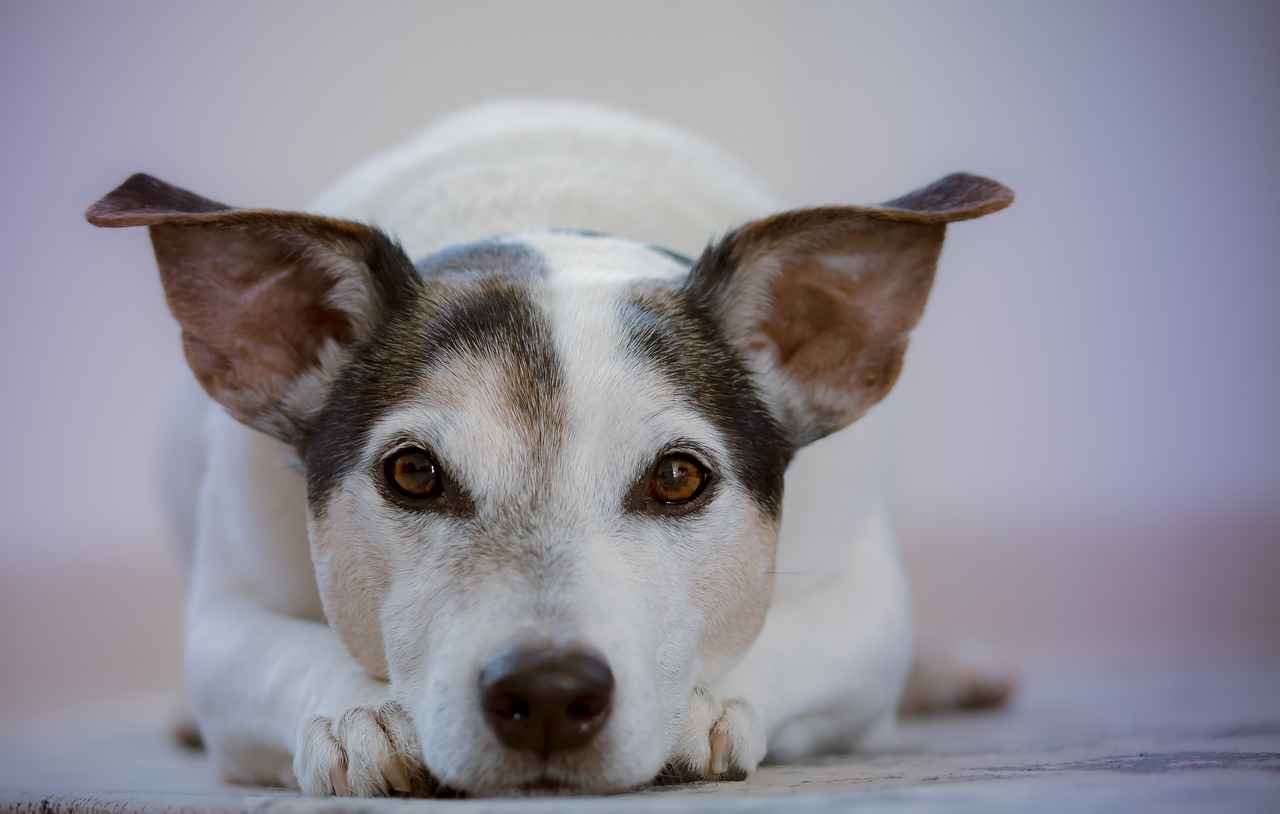
When to Consult a Veterinarian
If your dog’s rapid drinking persists despite your efforts, it may be time to consult a veterinarian for further evaluation and advice. Understanding when to seek professional help is crucial for ensuring your furry friend’s health and well-being. Below, we delve into the various aspects that may necessitate a visit to the vet.
It is essential to be vigilant about your dog’s drinking habits. If you notice any of the following signs, it may indicate a need for veterinary consultation:
- Excessive Thirst: If your dog seems to be drinking more water than usual, it could be a sign of underlying health issues.
- Vomiting: Frequent vomiting after drinking can indicate that your dog is drinking too quickly or may have other gastrointestinal problems.
- Behavioral Changes: Sudden lethargy, anxiety, or restlessness could signal discomfort or health problems.
- Physical Symptoms: Look out for excessive drooling, bloating, or signs of distress after drinking.
Rapid drinking can sometimes be a symptom of more serious health conditions. Here are a few potential issues:
- Diabetes: Increased thirst can be a key indicator of diabetes in dogs, requiring immediate veterinary intervention.
- Kidney Disease: Dogs with kidney problems may drink excessively as their bodies try to compensate for lost fluids.
- Hyperadrenocorticism: Also known as Cushing’s disease, this condition can lead to increased thirst and urination.
Regular veterinary visits are vital for maintaining your dog’s overall health. These check-ups can help monitor hydration levels and detect any underlying health issues early. During these visits, your veterinarian will:
- Conduct a thorough physical examination.
- Perform blood tests to assess kidney function and glucose levels.
- Discuss your dog’s drinking habits and any behavioral changes.
When you consult a veterinarian regarding your dog’s drinking habits, be prepared for a comprehensive evaluation. The vet may:
- Ask detailed questions about your dog’s drinking patterns and any accompanying symptoms.
- Perform diagnostic tests to rule out any serious conditions.
- Provide recommendations for managing your dog’s drinking habits, including dietary changes or specialized bowls.
Hydration plays a crucial role in your dog’s overall health. Ensuring that your dog drinks an appropriate amount of water is essential for:
- Regulating Body Temperature: Proper hydration helps maintain a stable body temperature, especially in hot weather.
- Supporting Organ Function: Water is vital for kidney function and the elimination of toxins from the body.
- Aiding Digestion: Adequate water intake is necessary for effective digestion and nutrient absorption.
In summary, if your dog’s rapid drinking continues despite implementing changes, it is crucial to consult a veterinarian. Early intervention can prevent potential health complications and ensure your dog remains healthy and happy.
Identifying Underlying Health Issues
When observing your dog’s drinking habits, it is crucial to understand that persistent rapid drinking can be a sign of underlying health issues. While dogs may drink quickly for various reasons, such as thirst or excitement, consistently gulping water can indicate more serious conditions that require attention.
One of the primary health concerns associated with rapid drinking is diabetes. This condition affects the body’s ability to regulate blood sugar levels, often leading to increased thirst and urination. If your dog is drinking more water than usual and showing other symptoms like weight loss or lethargy, it is essential to consult a veterinarian for a proper diagnosis.
Another potential issue is related to kidney function. Dogs with kidney problems may experience increased thirst as their bodies attempt to compensate for the loss of fluids. This can lead to dehydration and further complications if not addressed. Symptoms of kidney issues can include frequent urination, vomiting, and a lack of appetite. Early intervention can be crucial in managing these conditions effectively.
In addition to diabetes and kidney issues, hyperadrenocorticism, commonly known as Cushing’s disease, can also lead to excessive drinking. This hormonal disorder causes the body to produce too much cortisol, which can result in increased thirst and urination. If you notice your dog drinking excessively and exhibiting other signs such as a pot-bellied appearance or thinning skin, a veterinarian should evaluate them.
Water intoxication is another serious concern linked to rapid drinking. Although less common, it occurs when a dog consumes an excessive amount of water in a short period. This can lead to an electrolyte imbalance and swelling in the brain, which can be life-threatening. Signs of water intoxication include bloating, vomiting, and disorientation. If you suspect your dog has ingested too much water too quickly, seek immediate veterinary attention.
It is essential to monitor your dog’s drinking habits closely. If you notice any sudden changes in their behavior or drinking patterns, it is advisable to consult with a veterinarian. They can perform necessary tests, such as blood work or urinalysis, to determine if there are any underlying health issues contributing to the rapid drinking.
In summary, while occasional rapid drinking may not be a cause for concern, persistent rapid drinking warrants a closer look. Conditions like diabetes, kidney issues, and Cushing’s disease can significantly impact your dog’s health. Regular check-ups with your veterinarian can help catch these issues early, ensuring your furry friend remains healthy and hydrated.
By being attentive to your dog’s drinking habits and understanding the potential health risks, you can take proactive steps to ensure their well-being. Don’t hesitate to reach out to a professional if you have any concerns about your dog’s hydration and overall health.
Regular Check-ups for Hydration Health
are a vital aspect of responsible pet ownership. Just like humans, dogs require regular veterinary visits to maintain optimal health and well-being. These visits play a crucial role in monitoring various health parameters, including hydration levels, which can significantly affect a dog’s overall health.
During routine veterinary check-ups, veterinarians can assess your dog’s hydration status through physical examinations and diagnostic tests. Dehydration can lead to serious health issues, and early detection is key to preventing complications. Regular vet visits allow for timely interventions, ensuring that your dog remains hydrated and healthy.
Hydration is essential for your dog’s bodily functions, including digestion, circulation, and temperature regulation. A well-hydrated dog is likely to be more energetic and less prone to health problems. Veterinarians can provide valuable insights into your dog’s hydration needs based on factors such as age, weight, activity level, and environmental conditions.
- Dry gums: Healthy gums should be moist. Dryness can indicate dehydration.
- Loss of skin elasticity: Gently pinch the skin on the back of your dog’s neck. If it doesn’t spring back quickly, your dog may be dehydrated.
- Excessive thirst: If your dog is drinking more water than usual, it could be a sign of underlying health issues.
During a veterinary check-up, your vet will likely conduct a thorough physical examination, checking for signs of dehydration and other health concerns. They may also recommend blood tests or urinalysis to assess kidney function and overall hydration status. These assessments are crucial for early detection of potential health issues.
Your veterinarian can provide tailored advice on ensuring your dog remains hydrated. This may include:
- Encouraging frequent water breaks, especially during exercise.
- Providing fresh, clean water at all times.
- Considering wet food options, which can help increase overall fluid intake.
If you notice any signs of severe dehydration, such as lethargy, vomiting, or a lack of appetite, it is essential to seek immediate veterinary care. Prompt action can save your dog’s life and prevent further complications.
Establishing a routine of regular veterinary visits not only helps monitor hydration but also facilitates the early detection of other health issues. Regular check-ups can lead to a longer, healthier life for your dog by ensuring that any potential problems are addressed promptly.
In conclusion, prioritizing regular vet visits is essential for maintaining your dog’s hydration health. By understanding the importance of hydration and recognizing the signs of dehydration, you can take proactive steps to ensure your furry friend remains healthy and happy.
Frequently Asked Questions
- Why does my dog drink water so fast?
Dogs often gulp water quickly due to thirst, excitement, or even anxiety. Just like us, when they’re really thirsty or feeling a bit jittery, they might not take their time!
- What are the risks of my dog drinking water too quickly?
Rapid water consumption can lead to serious issues like bloating, choking, or even a dangerous condition called water intoxication. It’s crucial to keep an eye on how your furry friend hydrates.
- How can I slow down my dog’s drinking?
Consider using specialized slow-feed water bowls or adding ice cubes to their water. These tricks can make drinking more fun and encourage your pup to take their time!
- When should I consult a veterinarian about my dog’s drinking habits?
If your dog continues to drink rapidly despite your efforts, or if you notice any unusual symptoms, it’s a good idea to seek veterinary advice. They can help rule out any underlying health issues.
- What training techniques can help my dog drink slower?
Positive reinforcement is key! Rewarding your dog with treats and praise when they drink slowly can help them develop better habits. Also, establishing a routine can reduce anxiety and promote calm drinking.
